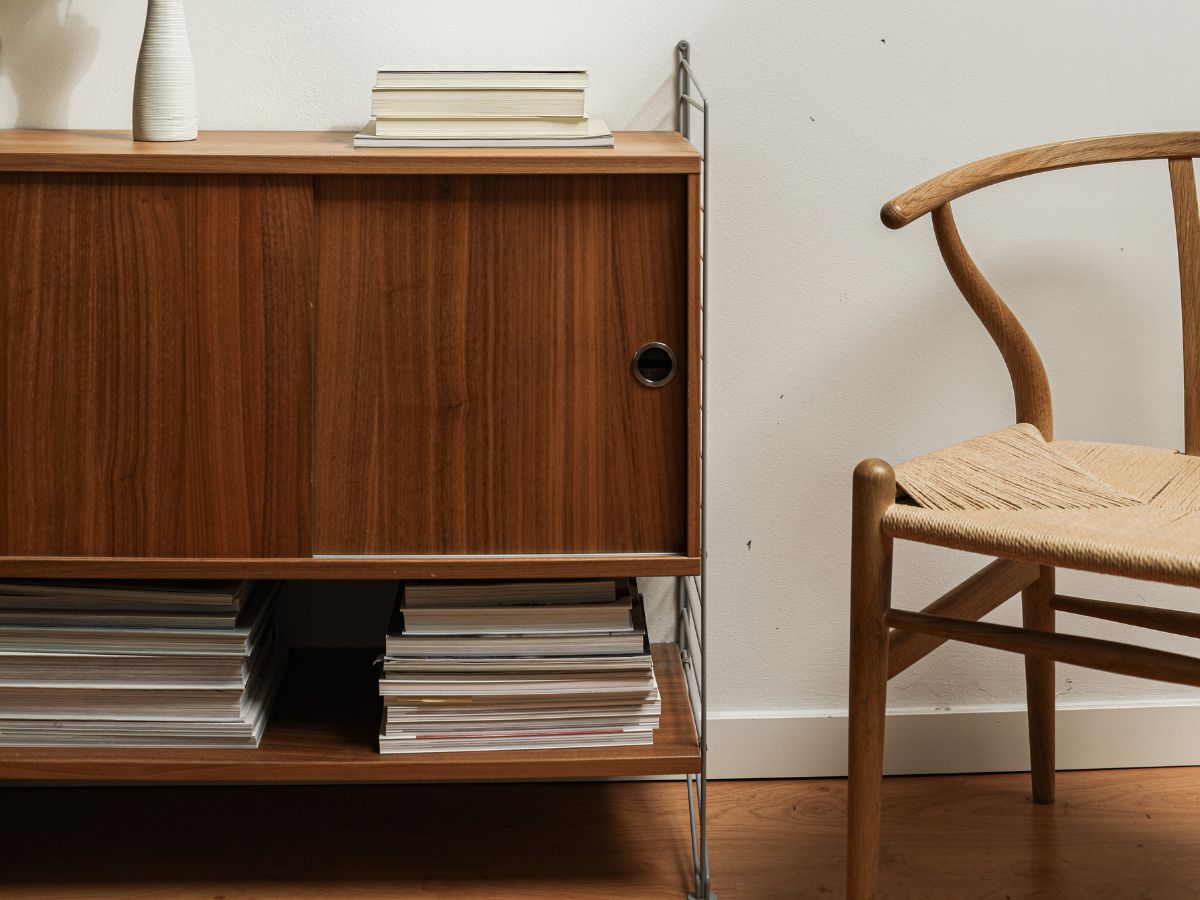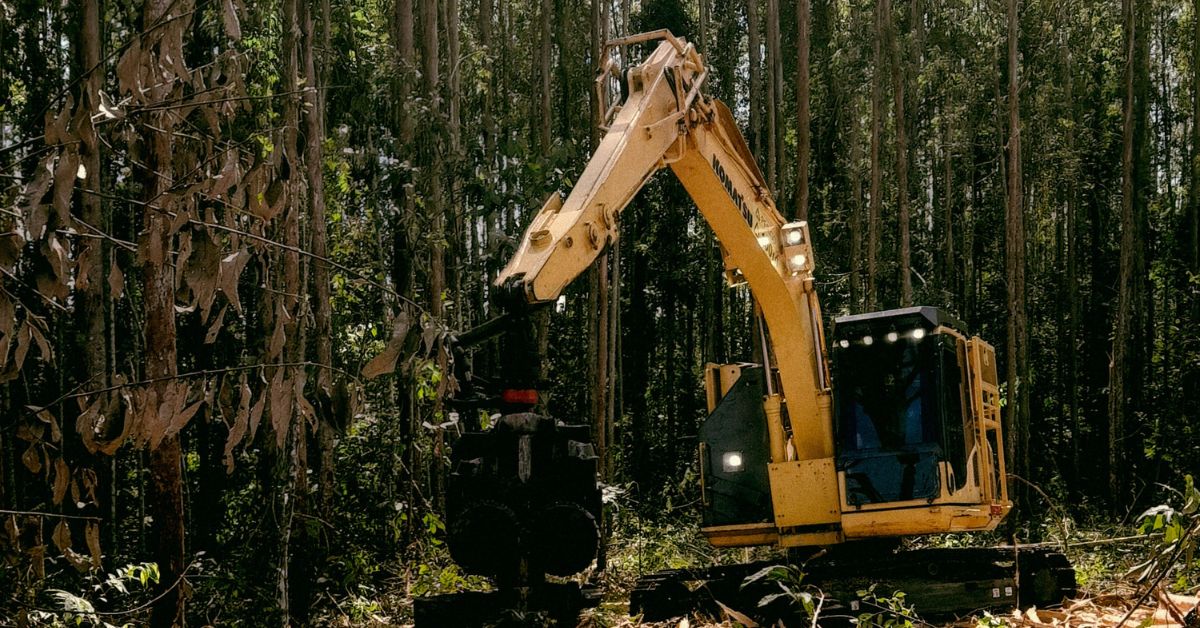Climate change is a key topic at the moment, and as both individuals and professionals, it’s important that we do as much as we can to prevent climate change, in order to sustain a healthy future. As timber merchants, we can have a huge impact on the environment, simply by ensuring the timber we stock and sell is sustainable. If you’re unsure how sustainable timber can support climate change, keep reading.
What is sustainable timber?
Sustainable timber as an umbrella term refers to wood products that are obtained from responsibly managed forests. The ultimate goal of sustainable forestry is to balance economic, social, and environmental impacts which can occur in the management of forests.
The result would ensure that the ecological, social, and economic benefits of the forest can be sustained for future generations – think your children, grandchildren and great-grandchildren! Sustainable forestry often involves practices such as planting new trees to replace those that have been harvested, protecting biodiversity and habitats, and reducing waste and pollution. Therefore, sustainable timber is imperative to ensure the future of forestry continues to be healthy, in every aspect.
Why do we need to address climate change?
Climate change is primarily caused by increased levels of greenhouse gases in the atmosphere. These gases include carbon dioxide, methane and nitrous oxide, and are also known as greenhouse gases; they contribute to increased global temperatures by trapping the heat from the sun, in turn, warming the planet. We require the heat to be trapped to some degree to allow the earth to be habitable and not too cold. However, with an increase in greenhouse gases, we are now at risk of having too much heat trapped in our atmosphere.
The primary contributors to the increase in greenhouse gases are:
- Deforestation
- Agriculture
- Burning of fossil fuels
- Waste
So, what will happen if we don’t address this soon? It goes without saying that we will experience higher temperatures; according to the Intergovernmental Panel on Climate Change (IPCC), global temperatures are projected to increase by 1.5-4.5°C by the end of the 21st century, with significant regional variations. Sea levels will also increase by 0.26-0.82 meters by the end of the 21st century, leading to coastal flooding and erosion. As well as increased frequency and severity of extreme weather events, negative impacts on agriculture, biodiversity loss and a leap in toxic air pollution and other widespread diseases.
For these reasons, it’s crucial we act on preventing climate change immediately, no matter how small our acts are, they can all have a positive impact.
How can sustainable timber mitigate climate change?
Timber naturally stores carbon, therefore, the more trees planted and the more wood products there are, the less carbon in the atmosphere. However, in just 40 years, forests equating to the size of Europe have gone, as well as half of the world’s rainforests in the last century. Therefore, the more timber we can plant and use, the better.
For further information regarding top timbers to invest in for sustainability and environmental support, be sure to read our blog.
What are the other benefits of sourcing sustainable timber?
Sustainable forestry can help to conserve biodiversity by maintaining the structure and composition of the forests, as a result, protecting habitats, species and water quality.
There are also economic benefits of using sustainable timber, including an increase in jobs and local economies being supported as a result. A robust supply of high-quality wood products will also be available, with minimal defects, increasing durability.
What practises need to be undertaken for timber to be sustainable?
There are many suggested practises in the industry to support sustainable forestry. However, it’s important to start at the beginning: forest management planning. For timber to be sustainable, there must be a comprehensive plan in place which considers social, economic and environmental impacts of the forest. After this, goals must then be set and actions must be taken to ensure these have as positive an impact as possible.
Once a robust plan is in place, the forest health needs to be maintained. This may mean a placing a larger focus on reforestation to plant new trees, restoring degraded landscapes and promoting the growth of new forests to help mitigate climate change, improve soil and water quality. In addition, selective harvesting may also be put in place to ensure the harvesting of trees only takes place when required, as opposed to clear-cutting an entire area for ease.
It’s important for those who manage forests who are engaging in sustainable practises to include ongoing monitoring and assessment of the health and productivity of forests, ensuring their initial management goals are being met and amended where necessary.
Finally, the wood’s life doesn’t end at the forest. Sustainable timber companies must promote forest products by encouraging the development of sustainably-sourced wood products for household, commercial and industrial use.

A wood's life in a forest is just the beginning, it's important to promote the use of wood for commercial, household and industrial use.
Is there a higher cost associated with sustainable timber?
Sustainable timber can sometimes cost more due to the priority of forest health in the process, however, the cost of sustainable timber can vary depending on:
- forest management practises being used
- the location of the forest
- the types of products being produced
Although, in the grand scheme of things, the increased price of investment in forest management and monitoring ensures the countless benefits of sustainable forestry, resulting in a healthier future for years to come – something we believe is priceless.
Overall, we feel very passionate about providing sustainable timber and are proud to be members of the Timber Trade Federation, Confor and Timber Development UK who promote the use of timber and campaign for increased use in construction. In addition, we hold chain of custody certification for Grown in Britain, PEFC and FSC, however, please note that timber does not have to be part of one of these schemes to be sustainable. Much of the forestry, certainly across the Northern Hemisphere is not covered by these schemes, but will be controlled by the relevant countries government.If your project requires timber to be covered by certification, it is important that you tell us from the beginning of your conversation with us.
If you require timber for your upcoming project and would like to have comfort knowing that your resources are sustainable, get in touch and one of our friendly team will be in contact to discuss your needs.
WL West & Sons Ltd is a timber merchant and sawmill business with 150 years of experience. We provide a wide range of air-dried oak and kiln-dried oak timber products and supplies. We also build and install custom projects for our customers.
Our wood products, building materials and certified wood are manufactured and sold with the endorsement of forest certification and the Forest Stewardship Council FSC
For more news, tips and updates, follow us on Facebook, Twitter, or Instagram.
For entirely finished products, timber supplies or woodworking tools, have a look at our Retail Shop.




